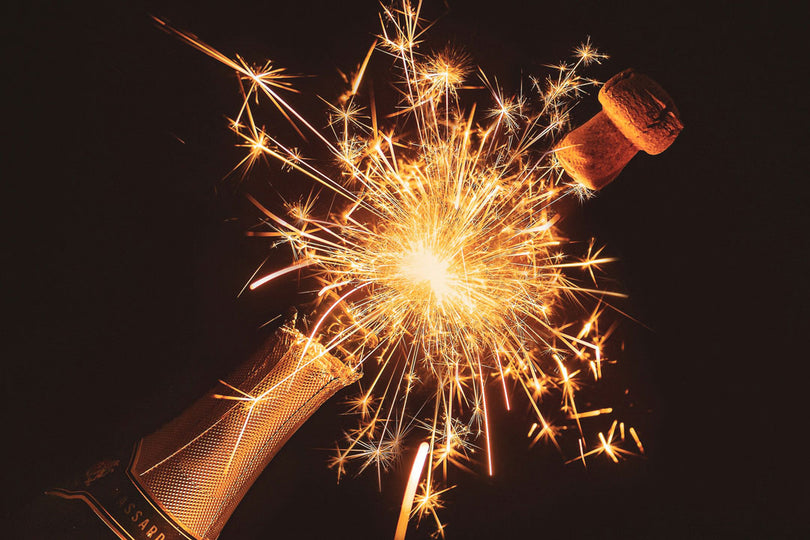KAH Tequila A Celebration Of Life

OK, so you've got an award-winning, authentic premium tequila made from 100% blue agave and are wondering what kind of bottle to put it in. Do you go for a bottle with a little sombrero hat for a lid? No, that’s a bit naff, isn’t it? How about chucking it into a slinky bottle with curves in all the right places? That’s what everyone else is doing, but tequila in a piece of modern art isn’t very authentic! If we’re looking for something a little more cultural… how about Dia de los Muertos? The Day of the Dead? Winner! The idea behind Kah Tequila stems from the ancient (3,000+ years old!) celebration known as the Day of the Dead, where the living gather to remember and celebrate those who have departed. The holiday is observed throughout South America, with similar traditions undertaken in Asia, Africa, and Europe. It is especially important in Mexico, celebrated on October 30th, and November 1st and 2nd.
Although the rituals involved differ between countries, they mostly involve the construction of a shrine to the dead (ofrendas), where families pray and leave offerings of food, drink, possessions, and flowers. Sugar skulls, called calaveras, are used during ceremonies to represent death and rebirth. The living often eat these skulls to symbolically embrace their own mortality, showing that they are not afraid of death, believing it is just the beginning of a new life. Historians trace these celebrations back to an ancient Aztec festival honouring the Queen of the Underworld, Mictecacihuatl.
Each of the five Kah Tequila bottles is inspired by cultures that observe this fascinating holiday. Each bottle is crafted from artisan materials, hand-painted, and individually numbered—meaning no two bottles are the same. The tequila itself is highly rated and comes in Blanco, Reposado, Añejo, and Extra Añejo varieties. The word "Kah" means "Life," and these highly collectible bottles embody the essence of life itself—through captivating skull designs decorated with traditional Latin motifs and the 100% blue agave tequila within.
Kah Tequila Blanco
Awarded 96/100 by the Spirits Institute—the highest score ever given to a Blanco—it also won a Gold Medal at the Spirits of Mexico Tasting Competition. Initially sweet, it quickly develops a peppery spice. The skull design represents a unique Bolivian tradition where people keep the actual skulls of their loved ones, bringing them out each year on November 8th. The skulls are taken to the cemetery, where they are fed and given cigarettes and tequila—believed to immortalize the dead, who in turn help protect the living.
Kah Reposado Tequila
A bold, viscous 55% ABV tequila, aged in French Limousin oak casks, where it acquires subtle hints of vanilla and caramel to complement its intense agave flavour. It won a Bronze Medal at the Spirits of Mexico Tasting Competition. The bottle design is inspired by Peruvian Día de los Muertos celebrations, where people perform a dance to Satan while wearing long, dangling upturned crucifixes—believing that Satan himself leads the ritual. Tequila is poured onto the ground as an offering to appease him, particularly among miners, who ancient Incan beliefs suggest are more vulnerable to his powers.
Kah Tequila Añejo
This tequila delivers deep notes of chocolate, tobacco, and coffee, carefully developed during its aging in American oak casks. Another award-winner, it took a Gold Medal and the Best in Category Award. The bottle design reflects Nicaraguan traditions, where, instead of returning home after graveside ceremonies, many families sleep in the cemetery to reinforce their emotional connection to their departed loved ones.
Kah Tequila Extra Añejo
Aged for four and a half years in American oak, this extra-aged tequila offers a light smokiness accentuated by vanilla, spice, and honey. While still carrying Kah’s signature peppery notes, it presents a beautifully layered woody flavor. The bottle design is adorned with hundreds of sparkling crystals, representing the grandeur of Mayan royalty, who were entombed with jewels as part of their ancient burial rituals.

